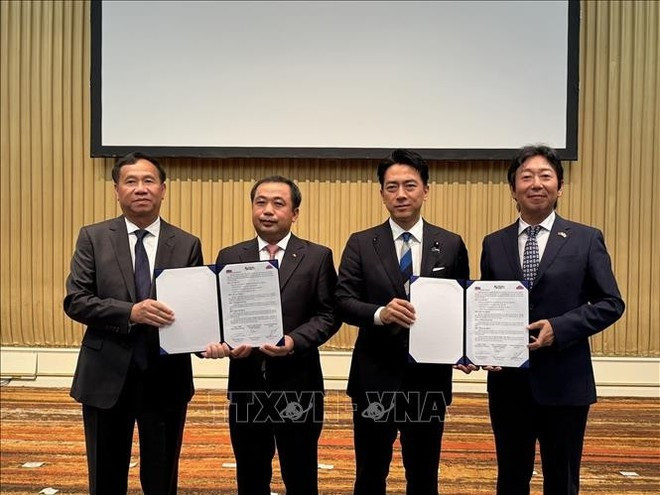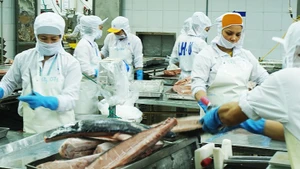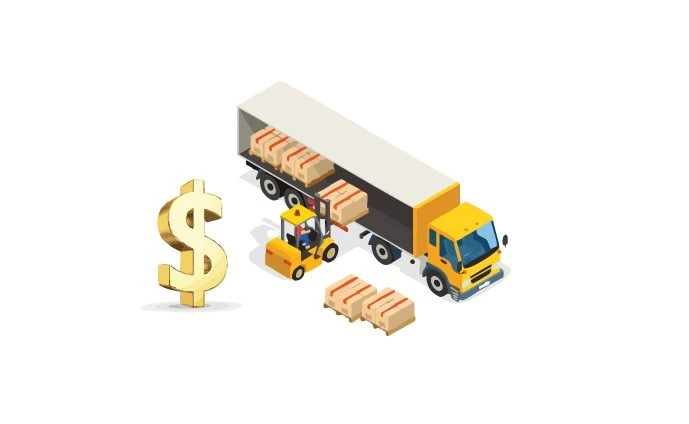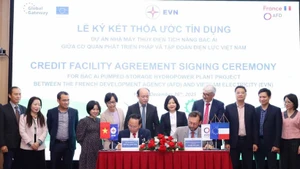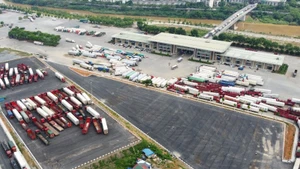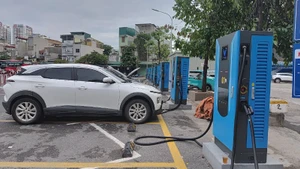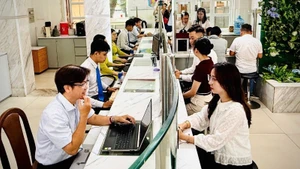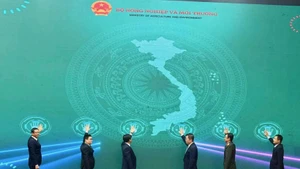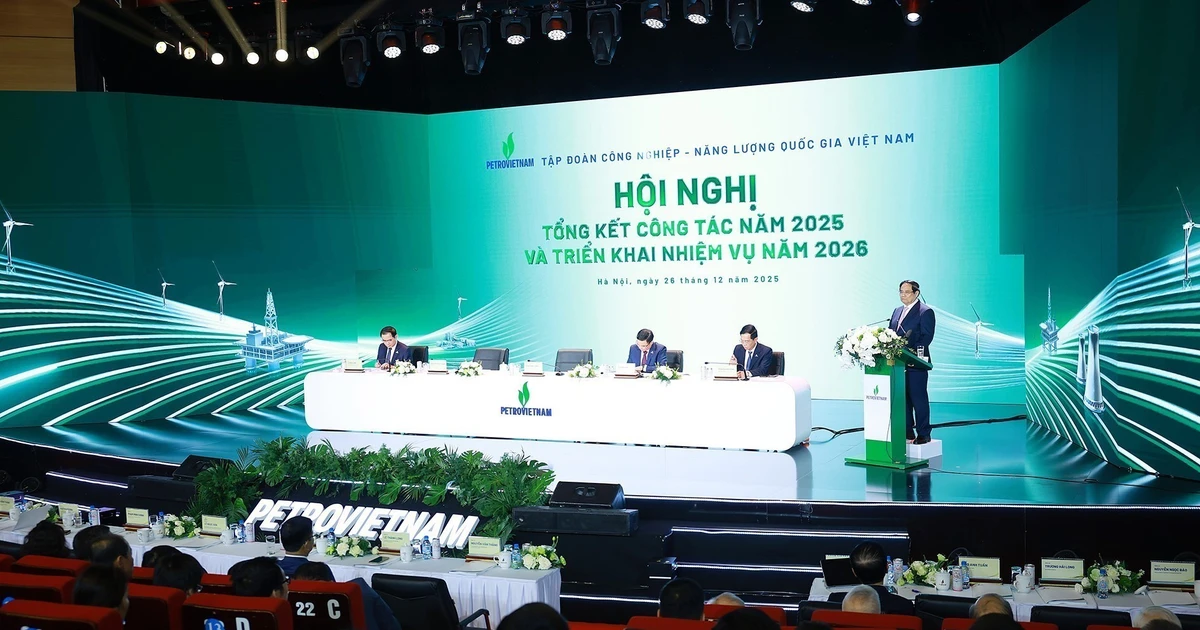The two officials approved the third phase of the Viet Nam-Japan medium-to-long-term vision for agricultural cooperation.
Thang praised Japan as a strategic partner, not only for its capital and technology but also for management experience sharing and effective public-private partnership models. He said programmes under the vision bolster Vietnam’s agricultural value chains, improving product quality, expanding export markets, and advancing sustainable, green growth goals.
To unlock further potential, Thang urged Japan to open its market to more Vietnamese products like pomelos, passion fruit, and catfish. Both sides agreed to ramp up scientific - technological collaboration, focusing on seed research, biotechnology, post-harvest preservation, and the transfer of cutting-edge tools such as the Internet of Things (IoT), artificial intelligence (AI), and blockchain.
Koizumi expressed enthusiasm for broader agricultural ties and invited Vietnam to the 2027 World Horticultural Exhibition in Yokohama. He also pushed for faster progress on market access for Japanese products, including pomelos, grapes, and pufferfish.
On the same day, the Viet Nam-Japan public-private dialogue on agricultural cooperation, hosted by the Japanese Ministry of Agriculture, Forestry and Fisheries, drew nearly 200 business leaders from both nations.
Thang encouraged Japanese firms to boost investment in deep processing and sustainable agricultural value chains, spotlighting shared benefits and risk sharing models.
Koizumi, for his part, said public–private partnership between Japan and Viet Nam has created valuable models, serving as examples for the Association of Southeast Asian Nations (ASEAN) and the world.
Under the ministers’ witness, 10 memoranda of understanding on business, trade, and investment were signed between Vietnamese and Japanese companies.
Business leaders from both sides showcased their strengths and proposed ideas to deepen cooperation across sectors, aiming to build sustainable food systems through technologies that reduce greenhouse gas emissions, ease environmental burdens, and increase productivity.
